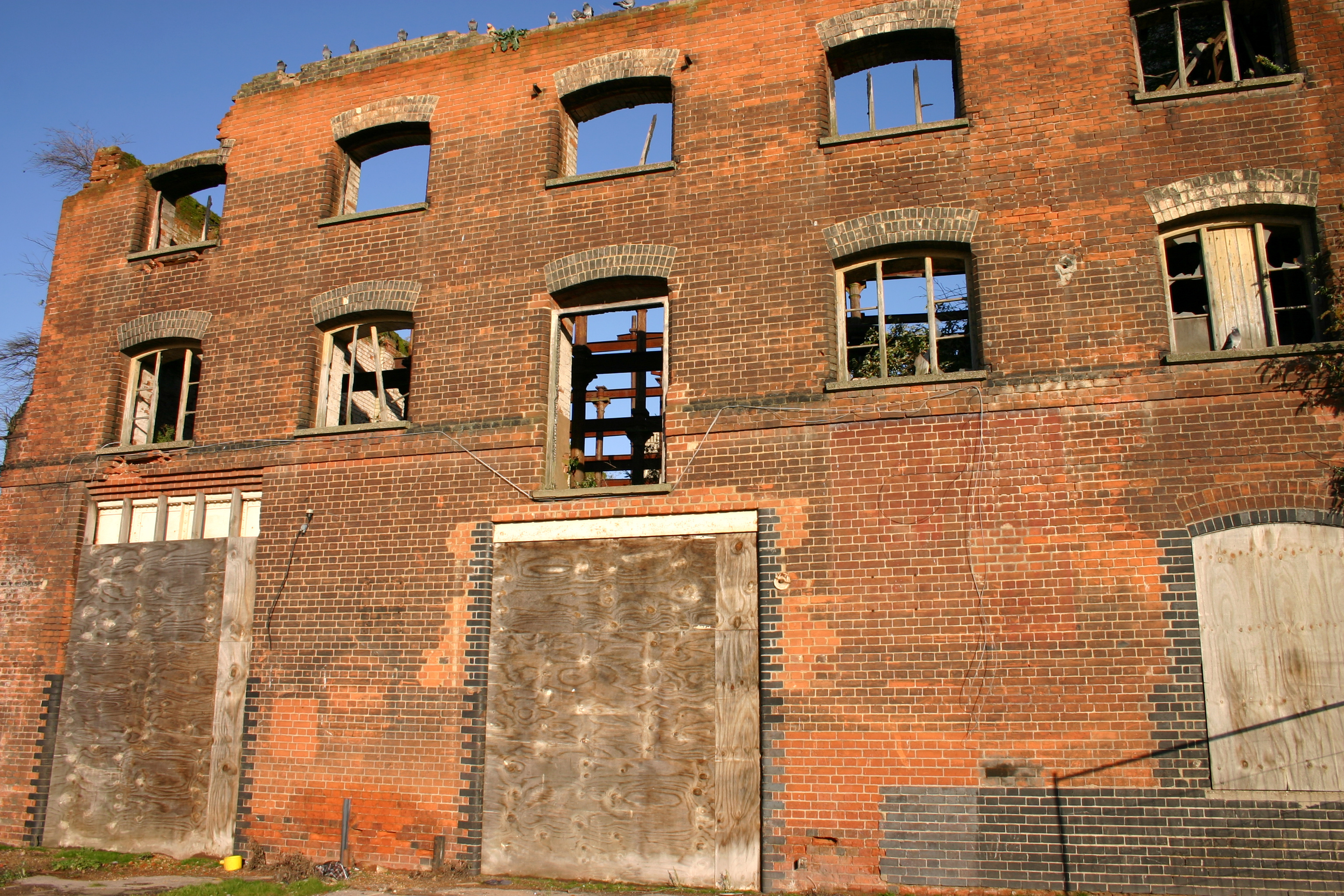by Laura Dobie
As the built environment plays an important role in creating a sense of place and community identity, vacant and derelict buildings can have a damaging effect on local areas, hampering regeneration efforts. They create a sense of neglect in neighbourhoods and communities, and, if located in prominent areas, can have a considerable negative effect on surrounding households, businesses and amenities. In response to recent interest in articles on regeneration and derelict buildings on our database, we look back at our research briefing, Tackling the issue of vacant and derelict buildings, which explores different ways of addressing this built environment challenge.
Why buildings become vacant
There are numerous reasons why buildings become vacant, including problems with letting or leasing a building due to a lack of demand from prospective occupiers, and delays or difficulties in obtaining funds to renovate a building to bring it back into use.
Different approaches
Finding uses for empty buildings is a challenge which requires a degree of creativity and entrepreneurial expertise. English Heritage identified a range of temporary uses in their 2011 report, Vacant historic buildings: an owner’s guide to temporary uses, maintenance and mothballing, including:
- Residential accommodation;
- Retail, including charity and popup shops;
- Community activities, such as exhibition spaces and information points;
- Craft studios and workshops;
- Art exhibitions, performances, hospitality and events;
- Storage;
- Filming.
Keeping buildings in use in this way can restore confidence to remaining businesses and attract visitors. Further benefits of temporary uses include:
- Improved security;
- Reduced risk of decay;
- Increased chances of a sustainable use;
- Reduced costs.
Legislative powers in local areas
Local authorities in England and Wales have the power to take over the management of long-term empty housing and let homes out. Scottish councils, on the other hand, do not. However, the Scottish Government, in its consultation on the Community Empowerment and Renewal Bill (which closed on 24th January 2014), included proposals for improved powers for local authorities to recover the costs of dealing with dangerous and defective buildings.
Further reading (please note you may need to be a member to view these resources)
The Meanwhile Foundation promotes ‘meanwhile use’ as a means of supporting regeneration. It makes the case to the property industry of the benefits of temporary use projects, and facilitates meanwhile use by entering into tenancies on behalf of those interested in temporary uses.
Canopy Housing Project, Leeds. A self-help, community housing project which renovates derelict and empty houses to create decent, affordable housing for people who are homeless or in housing need.
PopUp Britain aims to match emerging businesses looking for an outlet with empty shops that are in need of attention. Its flagship popup store in Richmond opened in July 2013. It moved out of Richmond after six successful months and it has since opened stores in other locations.
The Portal in Govan, Glasgow has successfully transformed a strip of six formerly derelict shops into a community arts venue. It won the Best Practice in Creative Regeneration prize in the 2013 SURF Awards.
In September 2013, Fife Council launched a clampdown on derelict buildings, with a range of initiatives such as a council-run vacant property grant scheme to help owners attract potential tenants or help tenants make improvements to buildings.
You can request a copy of Tackling the issue of vacant and derelict buildings and our other research briefings here.
Share
Related Posts
Tackling geographical inequalities is critical for ensuring that all parts of the country have the potential to prosper. When the UK was a member of the European Union, it was entitled to a share of funding from the EU’s structural ....
By Ian Babelon A new-old concept for proximity “Are we there yet?” Parents may patiently nod to their children’s insistent nudges on a 20-minute journey to… somewhere. Quite rightly, researchers have asked: twenty minutes to what? The answer may well ....
By Ian Babelon In the first part of two blog posts, published on 22 May, Ian Babelon provided examples of good practice in retrofitting social housing. The second part of this blog post looks at estate-wide and area-wide social housing ....
By Ian Babelon In the first of two blog posts, Idox’s Ian Babelon takes us on a tour of some of the best social housing retrofits in Britain, and beyond. Blog posts on the Knowledge Exchange blog have repeatedly shown ....

